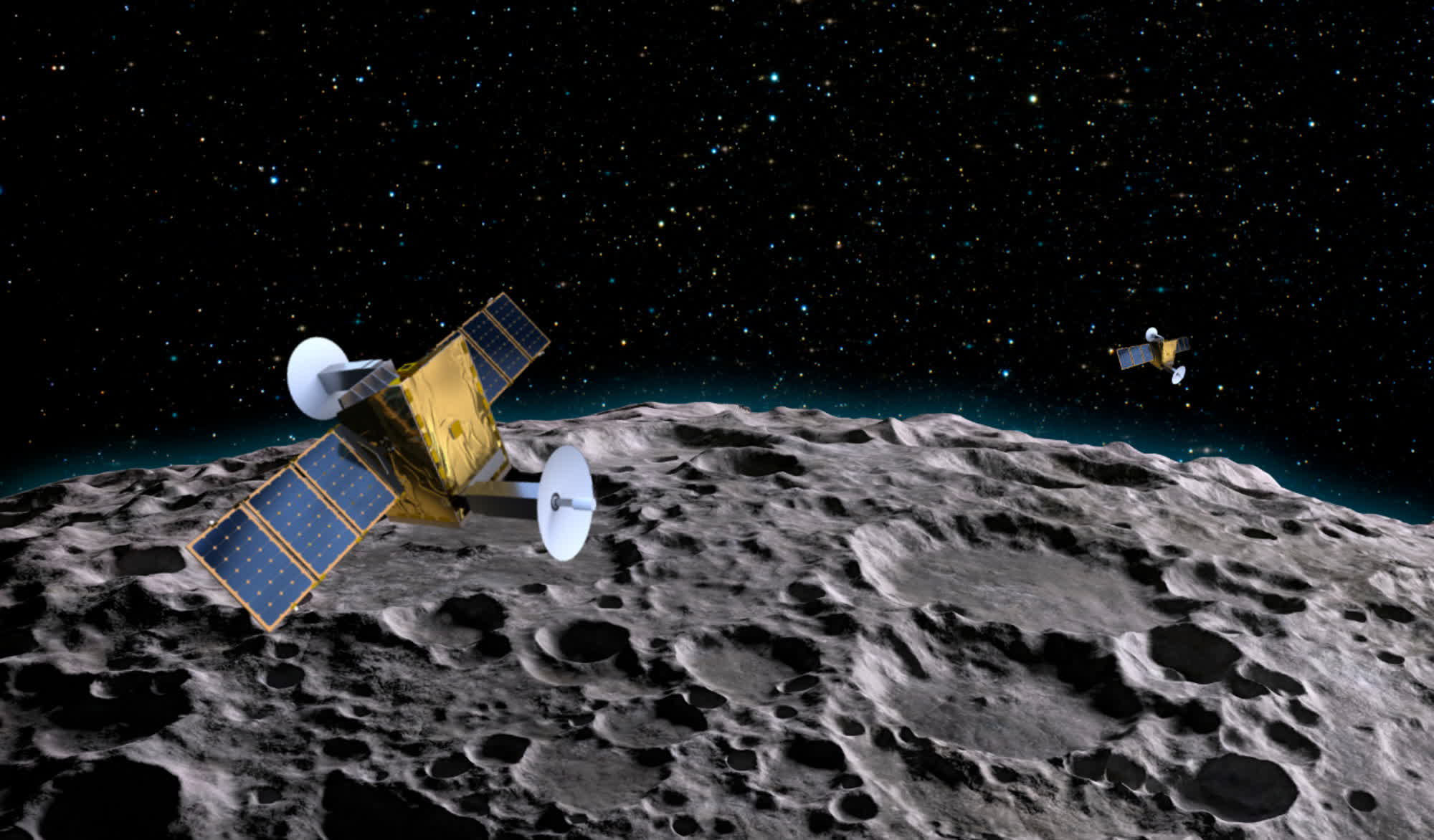Can you hear me now? The New Space Economy frontier is getting crowded by the week. Lockheed Martin is offering its remarkable technology expertise for building a new satellite network around the Moon. At the same time, Nokia is almost ready to send the first functional 4G network to support the Artemis program.
While NASA is about to reveal the astronaut crew that will return to the Moon aboard the Artemis 2 mission, private companies are already aligning behind the US space agency to turn Earth's only natural satellite into a new business frontier. Reliable communication is the number one requirement for future lunar exploration (and exploitation), so the first commercial efforts will focus on satellite fleets and cellular networks on the lunar surface.
As one of the world's largest defense contractors, Lockheed Martin unsurprisingly wants to be the first corporation to turn the Moon into a new revenue source. The Bethesda-based company is offering its services to NASA with Crescent Space, a newly-created subsidiary designed to answer the challenge of establishing "a permanent outpost on the Moon" with proper supporting communication.
Crescent Space is an "agile" company that provides "infrastructure-as-a-service for lunar missions." Its first official offering is a "novel cislunar communications network called Parsec." Parsec will employ a fleet of small satellites built by Lockheed Martin, which work in unison to provide a "seamless connection" between Earth, the astronauts, and the assets currently on the lunar surface.

The Parsec fleet should behave like a typical Earth-based GPS network, providing astronauts with their exact position and directions to return to their base station. The first nodes of the lunar fleet should start operations by 2025, with additional nodes coming over the following years. But Lockheed Martin might be getting ahead of itself. NASA hasn't asked for a lunar satellite network.
On the contrary, NASA did recently select Finnish telecom Nokia to build the "first-ever cellular network on the Moon." As a "pioneer" of wireless communication and networking technologies, Nokia has begun the early planning stages of deploying an LTE/4G communications system on the lunar surface.
The system will launch aboard a SpaceX rocket in the coming months, with the same IM-2 mission designed to bring Lonestar's deep space data center to the Moon. The 4G network will be powered by an antenna-equipped base station stored in a Nova-C lunar lander designed by Intuitive Machine. The base will establish a simple LTE communication network between the lander and its solar-powered rover.
Nokia said it hardened the 4G/LTE equipment to withstand the extreme environmental conditions of the lunar surface. The company aims to show that traditional terrestrial networks can "meet the communications needs for future space missions." It will provide astronauts with everything they need to communicate with each other, with mission control, remotely manage the rover, and even "stream real-time video" and telemetry data back to Earth.
